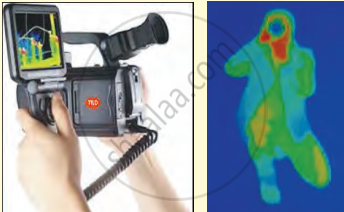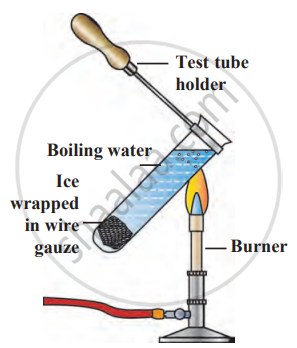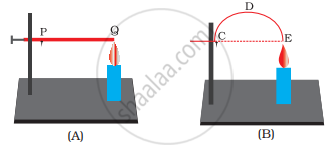1. Aim: To observe how colour affects the absorption of heat from sunlight.
2. Requirements: Two aluminium tins of the same size, two small glasses, water, thermometers, and black paint.
3. Procedure
- Paint the outer surface of one tin with black paint and let it dry.
- Place a glass of water (at the same temperature) inside each tin.
- Cover both tins with lids and place them in the sunlight for two hours.
- After two hours, measure the water temperature in both tins using thermometers.
4. Conclusion
The water in the black-painted tin will be hotter because black absorbs more heat from sunlight. This experiment shows darker surfaces absorb more heat while lighter surfaces reflect more heat.




